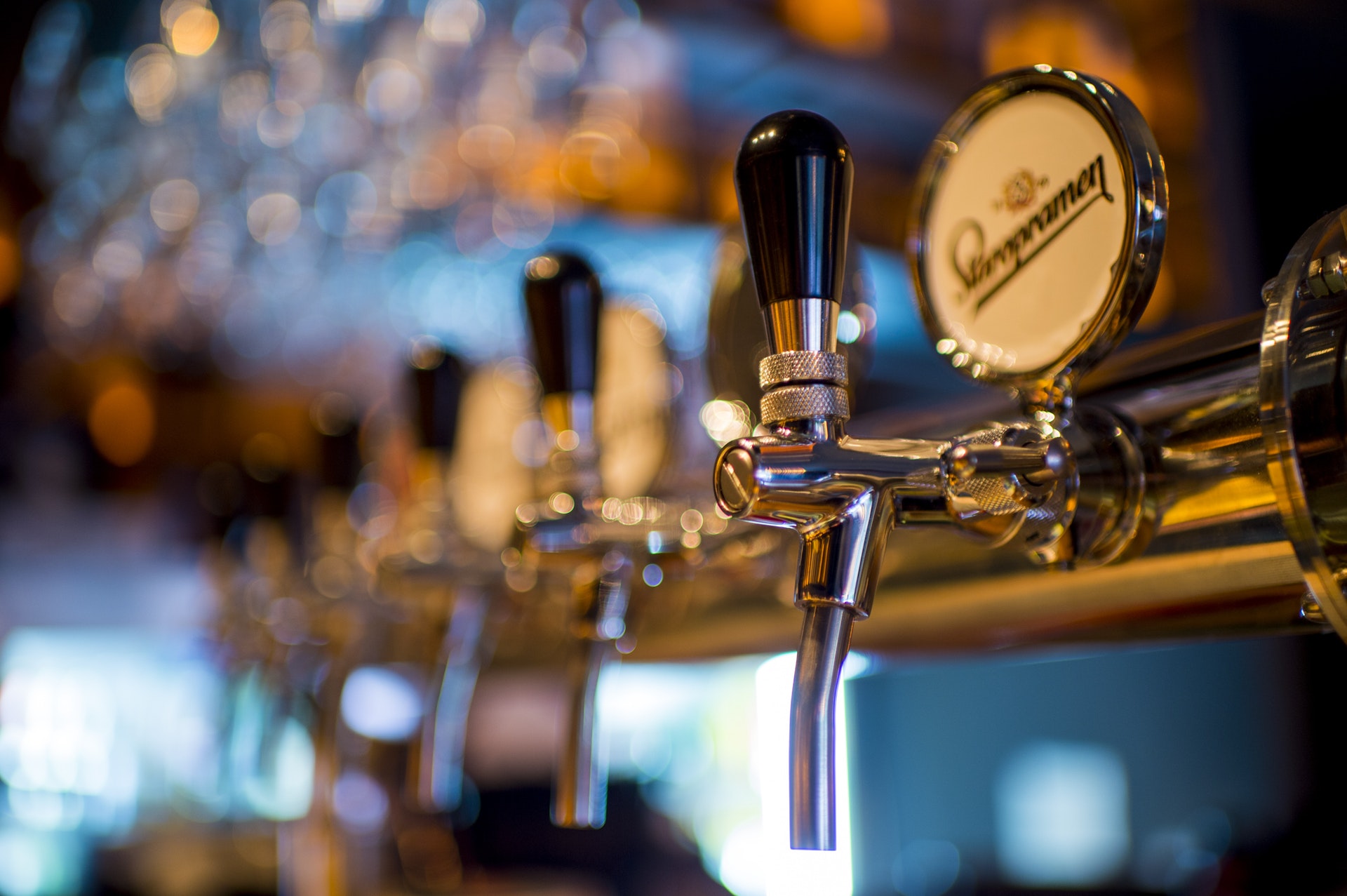Are you a beer aficionado? There’s no doubt that people in the U.S. enjoy knocking back a good brewski with their friends…just watch the ads during any sporting event! But while beer remains the most popular alcoholic drink in the country—accounting for about half of all alcohol sales—it is facing “stiff” competition from wine and liquor.
The big news for breweries these days is the congressional action regarding the Craft Beverage Modernization and Tax Reform Act, which has been reintroduced. As of mid-October 2017, the bill had the support of 50 Senators and 281 Representatives. Tax provisions include lowering the federal excise tax to $3.50 per barrel on the first 60,000 barrels for domestic breweries that produce less than 2 million barrels per year. The tax would decline from $18 per barrel to $16 for brewers that produce up to 6 million barrels per year. The current $18 tax would continue on barrelage over 6 million. Other provisions include simplifying label approvals and ending some inventory restrictions.
The big-picture numbers
- The U.S. brewing industry includes approximately 4,200 production breweries. About 30 are national or international breweries producing over 6 million barrels per year (a barrel is 31 gallons). Around 178 are regional craft breweries producing between 15,000 and 6 million barrels annually.
- About 2,400 microbreweries produce less than 15,000 barrels per year. An additional 1,650 brewpub restaurants also produce beer on-site.
- The 178 or so regional craft breweries (like Boston Beer Company, Sierra Nevada, and New Belgium) typically distribute nationally and often internationally and produce around 19 million barrels of beer annually.
Trends within the brewery industry
Craft beer continues to grab market share: Craft/specialty beer continues to be a bright spot in the beer industry. The number of small, local breweries continues to grow, and craft beer has enjoyed growth of around 6 to 18 percent annually over the past decade. Although craft beer only accounts for 11 percent of the total U.S. market share, that percentage is likely to double if craft continues its high growth. Craft beers continue to take market share from premium brands of large companies.
Shift away from premium brands: Consumers are shifting away from the middle-tier “premium” brands (like Budweiser or Miller Genuine Draft), splitting toward both ends of the price continuum: value-priced beer and high-end ultra-premium/craft beer.
Distributor consolidation: Breweries typically sell to wholesalers, who in turn sell to the retail channel. The number of wholesalers has shrunk from 5,000 in the 1970s to 1,500 today. Large, multi-state wholesalers are acquiring smaller, family-owned distributors. Many distributors used to be exclusive to a single large brewery (so-called “Bud” or “Miller” houses), but these distributors are now diversifying their product portfolio, both by acquiring new brands and by purchasing other wholesalers. Consolidation is also being driven by large breweries trying to improve the efficiency of their supply chains.
How bankers can help breweries
- Breweries must efficiently manage the seasonality of cash flow given slower winter sales and peaks in demand tied to holidays.
Solutions to consider: ACH and sweep services, lines of credit - While there is a lot of growth in demand for craft beers, start-up and brewing equipment costs are high.
Solutions to consider: Equipment and construction SBA financing, term loans - Breweries not only must pay staff and suppliers but also must pay state and federal excise taxes.
Solutions to consider: Payroll services, online tax payments, wire transfers, business credit cards - Fluctuating prices of hops and other raw materials mean breweries must carefully manage inventory costs of ingredients, as well as of cases and kegs.
Solutions to consider: Lines of credit, ACH with suppliers
Financially speaking, breweries are relatively profitable, averaging 9.76 percent operating income to sales. The industry is capital-intensive, making them attractive for bank loans because nearly 40 percent of assets are in the form of fixed assets.
Thirsty for this kind of in-depth analysis on more than 300 other industries?
All of the industry information in this post came directly from the Vertical IQ Industry Profile on Breweries. Reviewing this profile, or even doing a quick 5-minute review of the industry’s Call Prep Sheet, gives you valuable insights into your brewery banking prospect–their opportunities as well as the issues that may be keeping them up at night.
Ready to get started? Contact us today for more information or a demo! Cheers!




